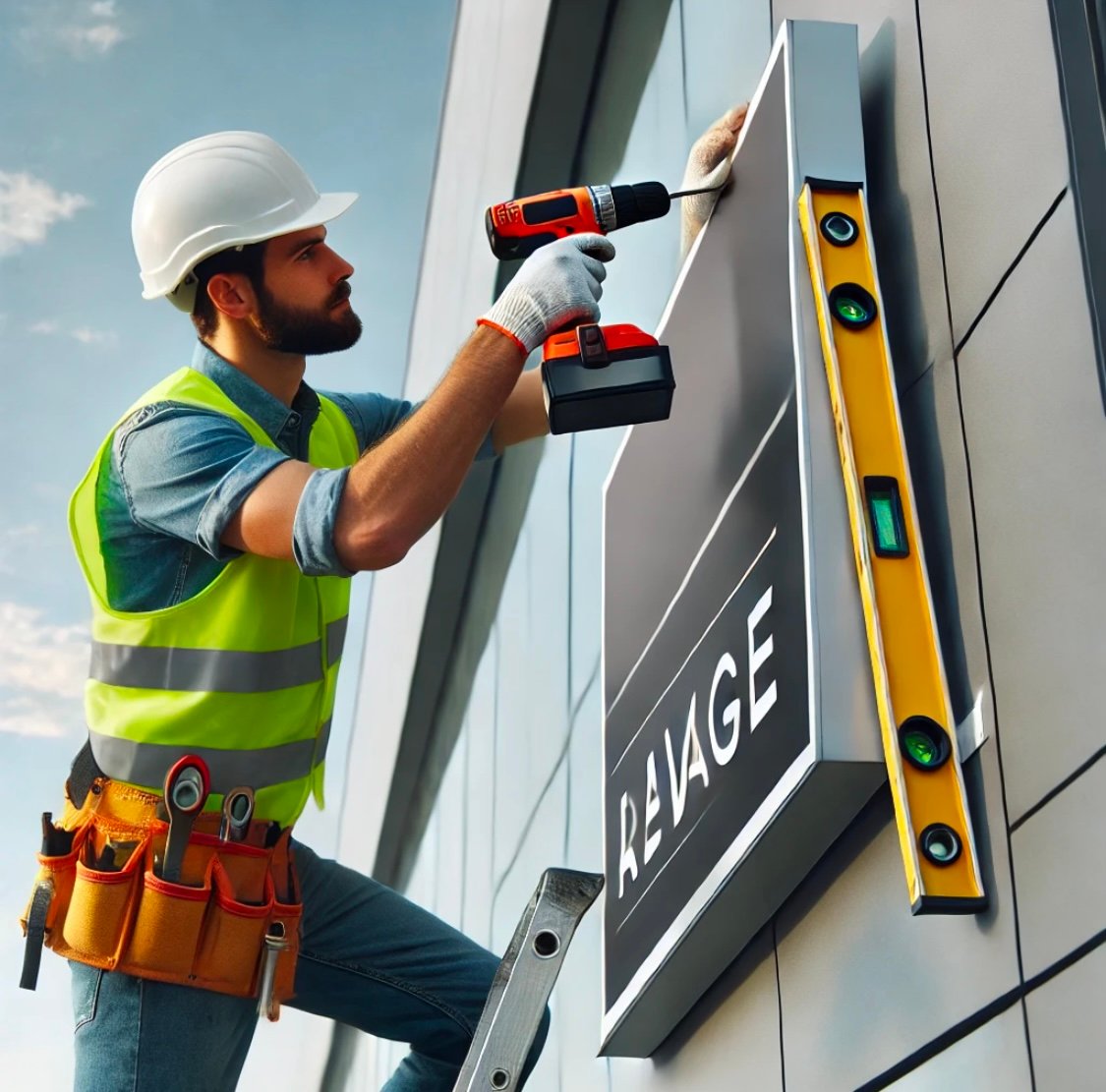A Step-by-Step Guide to Professional Sign Installation
The installation of a sign is the final, crucial step in creating an effective and impactful display for your business. A well-installed sign not only enhances visibility but also ensures safety, longevity, and compliance with local regulations. Professional sign installation requires careful planning, the right tools, and attention to detail. Here’s a step-by-step guide to ensure your sign is installed professionally and effectively.
Step 1: Site Assessment and Planning
Before installing your sign, conduct a thorough site assessment. This involves understanding the location’s specific requirements, such as visibility, environmental conditions, and structural considerations. Identify potential obstacles, such as trees, buildings, or power lines, that might obstruct the sign’s view.
During this stage, verify compliance with local zoning laws and obtain any necessary permits. Regulations often dictate sign size, height, and placement, so it’s essential to ensure your installation adheres to these rules to avoid fines or removal.
Step 2: Gather Tools and Materials
Having the right tools and materials on hand is critical for a smooth installation. Depending on the type of sign, you may need items such as:
Ensure the materials used are appropriate for the sign’s weight and the mounting surface to guarantee stability and safety.
Step 3: Prepare the Sign and Mounting Surface
Prepare the sign for installation by assembling any components, such as frames, brackets, or lighting fixtures. Double-check the sign’s dimensions to ensure it aligns with the intended placement.
Next, prepare the mounting surface. Whether it’s a wall, pole, or freestanding structure, ensure the surface is clean, level, and free from debris. For outdoor installations, check for structural integrity to handle environmental stressors like wind or rain.
Step 4: Position the Sign
Carefully measure and mark the exact location where the sign will be installed. Use a level to ensure the sign will be straight, as even a slight misalignment can impact its appearance and effectiveness.
For larger signs, have additional team members or lifting equipment to position the sign securely. Precision during this step ensures the sign is both aesthetically pleasing and functional.
Step 5: Secure the Sign
Attach the sign using the appropriate fasteners and mounting hardware. For wall-mounted signs, ensure the anchors are securely embedded into the surface. Freestanding signs may require concrete footings to provide stability.
If the sign includes electrical components, such as LED lighting, ensure proper wiring and connection to a power source. Always follow electrical safety guidelines and consult a licensed electrician if needed.
Step 6: Test and Inspect
Once the sign is installed, conduct a thorough inspection to ensure it is securely mounted and visually aligned. For illuminated signs, test the lighting to confirm it is functioning correctly.
Check for any loose components or potential safety hazards. Address any issues immediately to prevent future problems.
Step 7: Maintenance Plan
Even after installation, signs require regular maintenance to ensure they remain in optimal condition. Schedule periodic inspections to check for wear, damage, or lighting issues, especially for outdoor signs exposed to the elements.
Conclusion
Professional sign installation is a multi-step process that demands careful planning, precision, and attention to detail. By following these steps, you can ensure your sign not only looks great but also performs reliably for years to come. A professionally installed sign is an investment in your brand’s visibility and reputation, leaving a lasting impression on your customers.







